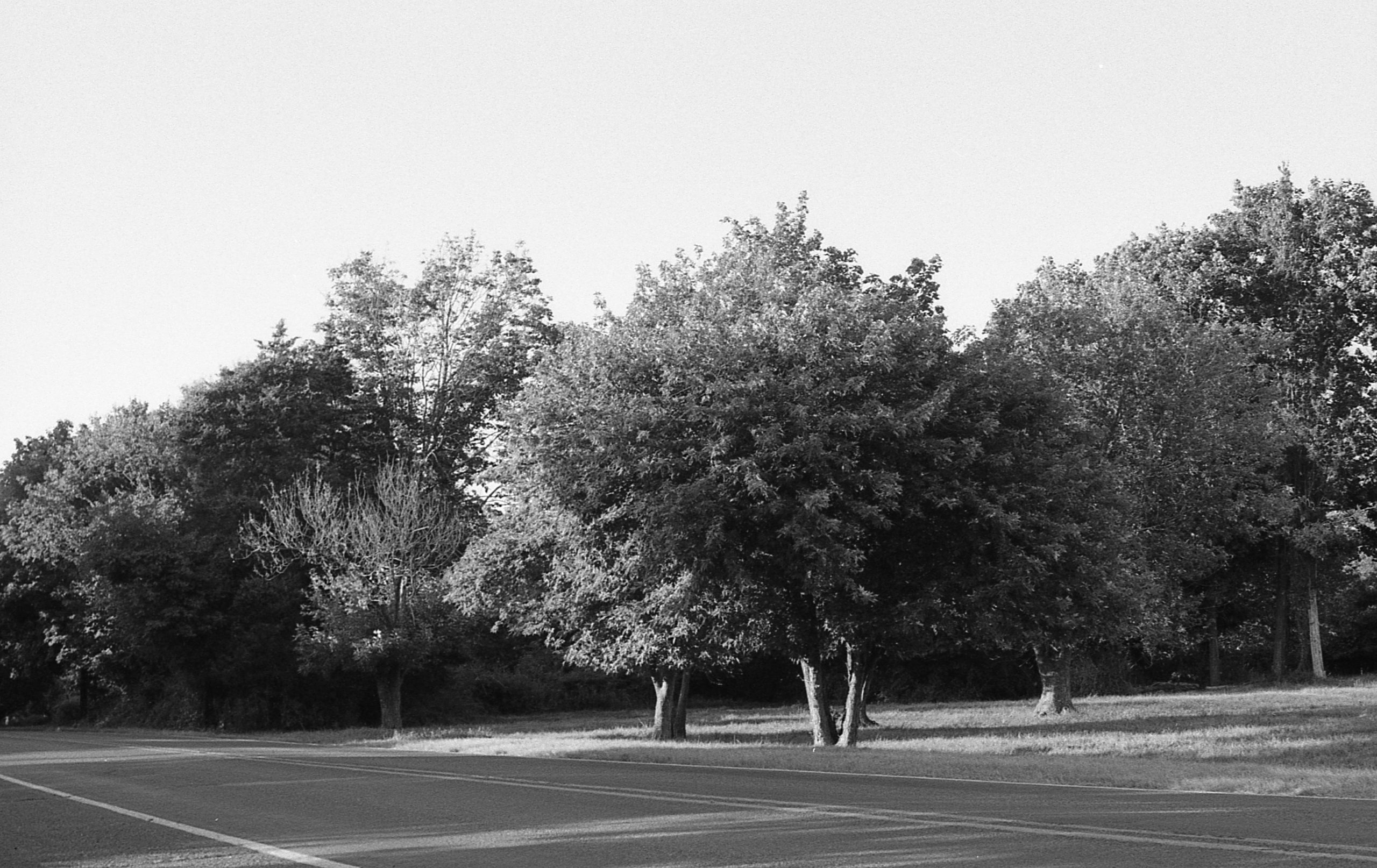Life in the Bible belt of the United States is definitely unique. The western USA has the Spanish missions; the northeast has a decently strong Catholic culture, with statues of Mary in almost every yard. The Bible belt, however, extends through much of the southern USA, consisting of strongly Protestant areas, places where you’re more likely to find small churches touting their Biblical emphasis than you are to find a Catholic parish. You’ll find preachers on street corners and signs along highways asking you whether you choose heaven or hell, but you only rarely run across a priest, and you almost never encounter Catholic religious brothers and sisters. Most people, even agnostics or atheists, have heard at least something about the gospel.
Most of my Christian friends where I live belong to Evangelical fundamentalist churches or non-denominational congregations. It’s surprisingly uncommon to run into other Catholics in the more rural areas of the South; one of my best friends lives deep in the country and the mountains, attends a fundamentalist church, and, before we met, had never actually talked to a Catholic, much less one who could answer questions about our more unique beliefs like the Eucharist, the salvific function of baptism, or veneration of Mary. In those conversations and in conversations with those who have no faith in God, I frequently get to engage in evangelization and dialogue with others, the opportunity to invite others to experience God’s love and redemption, even in a region known for its Christian heritage.
Evangelization is an apt topic to bring up, because today the Church commemorates the feast of St. Mary Magdalene, popularly known as “the apostle to the apostles” for her role in John’s Gospel, when she was the first to break the amazing news of Jesus’ resurrection from the dead (see John, chapter 20). According to John, Mary Magdalene is the first to Jesus’ tomb that morning, and she sees that the tomb was empty; she immediately runs to tell the apostles, who then go to the tomb themselves. Mary Magdalene also sees Jesus himself in the garden but thinks that he is the gardener. Importantly, Jesus also directs her to bring the good news of his resurrection to his apostles, and she does as he asks, declaring, “I have seen the Lord (John 20:18).”
We can certainly learn from Mary Magdalene and her actions on Easter, especially in the context of evangelization. Many of us know the story by heart, but, if we look at it with fresh eyes, it’s admirable that Mary Magdalene tells the apostles. Mary doesn’t fear that the apostles will dismiss what she has seen; instead she confidently tells them that she has seen Jesus alive. After all, Jesus died just a few days beforehand in a brutal and miserable crucifixion. Everyone knows that he died. And yet Mary Magdalene tells the apostles without any concern for what they may think of her. Conversely, even the great leader Moses, when he encounters the Lord in the burning bush, raises the concern that the people would not believe him: “Suppose [the people] do not believe me or listen to me? For they may say, ‘The Lord did not appear to you (Exodus 4:1).’”
Mary Magdalene, however, disregards that fear of rejection in her joy about seeing Jesus alive once more. Similarly, God calls us to disregard any discomfort which we may have about evangelizing. Some people will roll their eyes or laugh at us when we bring up our faith, of course, but I’ve found that most people actually do listen if treated with respect. Ultimately, however, we evangelize best when we remember that Christianity is not just a moral code or a set of beliefs but rather the result of an encounter with Christ. Pope Benedict XVI said it well:
Being Christian is not the result of an ethical choice or a lofty idea, but the encounter with an event, a person, which gives life a new horizon and a decisive direction.
Deus Caritas Est, Pope Benedict XVI
What sort of experiences have you had with evangelization? Have you ever had a good, fruitful conversation with someone else about Christ?


